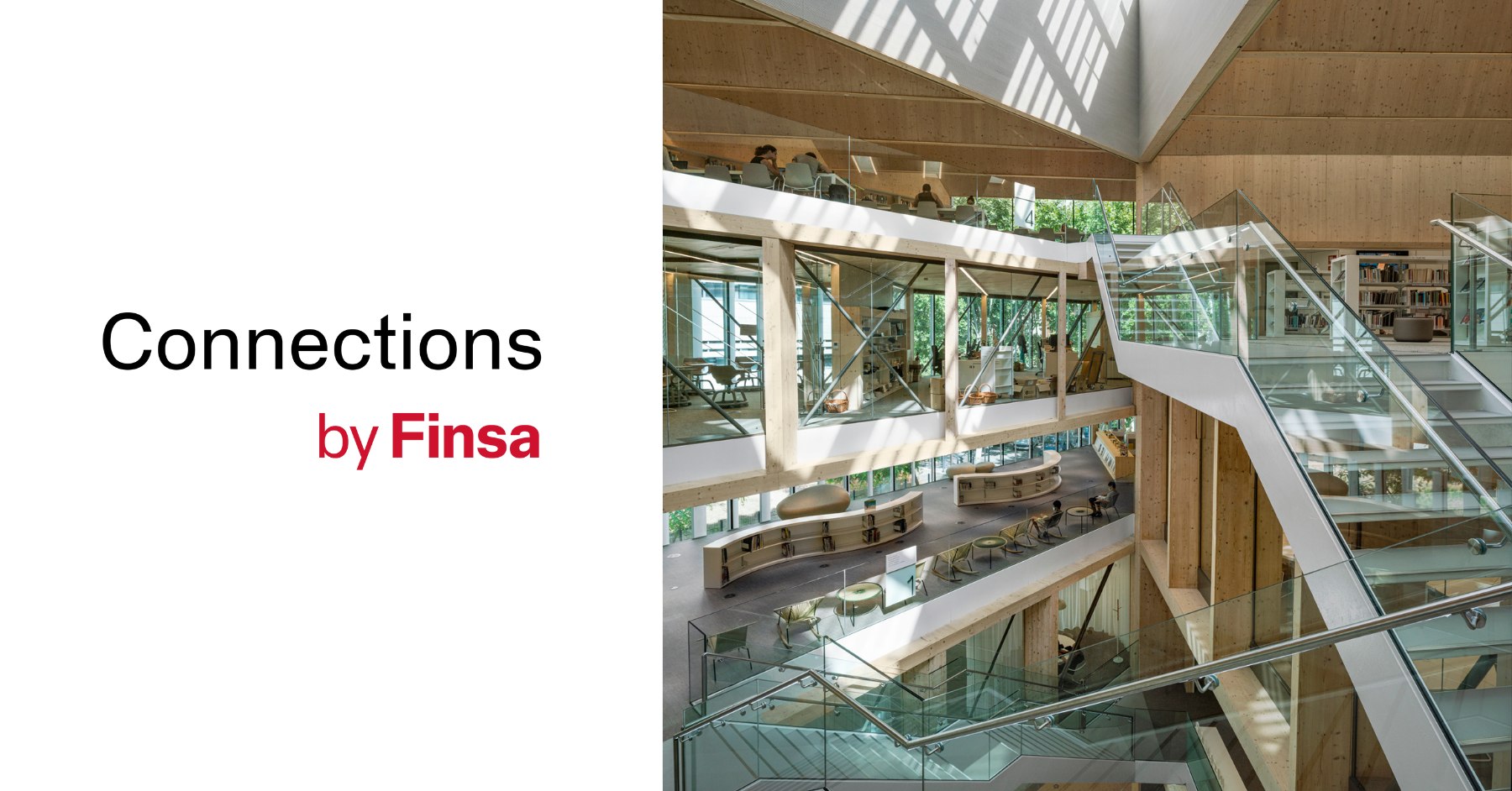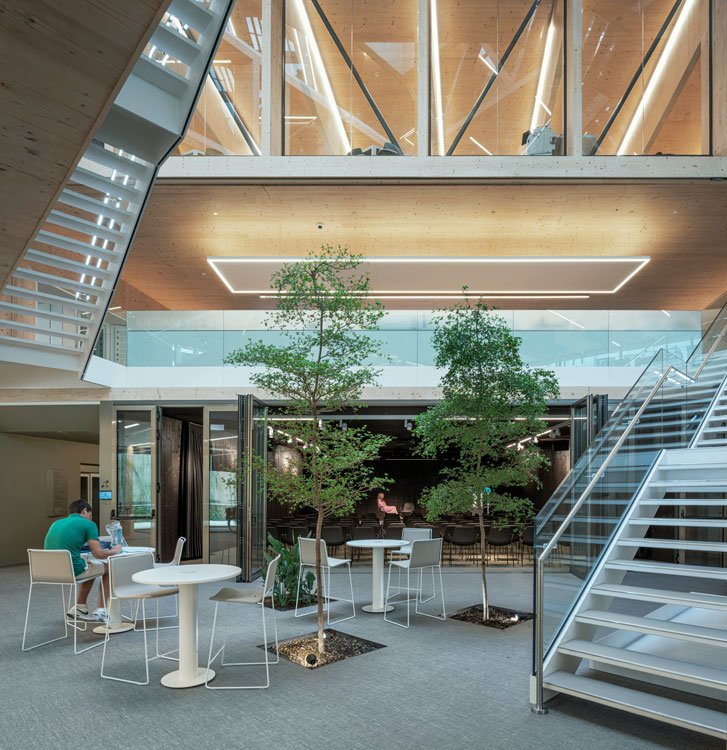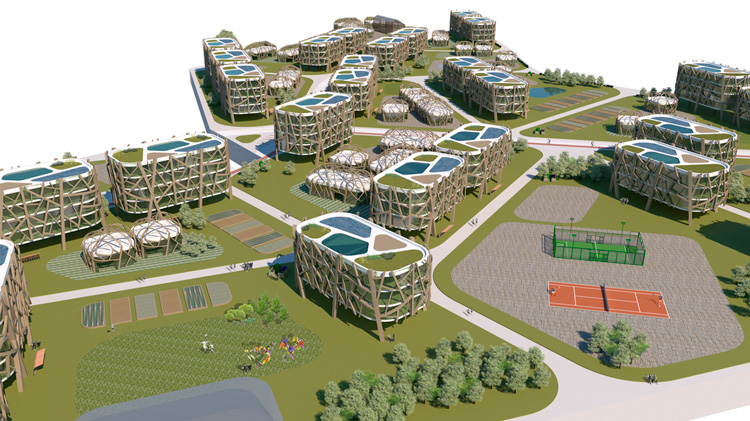The construction industry is at a critical inflection point. With 40% of global carbon emissions attributable to this sector, the need for sustainable solutions is imperative. In this context, the Mass Madera 2023–2024 report offers an in-depth look at the use of industrialized solid wood in building in Spain, highlighting the challenges and opportunities for a more sustainable future. If you are not familiar with Mass Madera, we invite you to read this post before we tell you the main conclusions of the report.

Current challenges of industrialized solid wood
One of the main challenges is public perception and the lack of accurate information about the advantages of solid wood. There is widespread concern about the durability and strength of this material compared to concrete and steel. However, the report highlights that cross-laminated timber (CLT) has proven its effectiveness and durability in numerous projects in Europe over the last 25 years.
Additionally, the industry faces regulatory barriers. The lack of clear and specific regulations for building with wood in many countries hinders its adoption. The report underscores the urgency of developing regulations that support and promote the use of solid wood, aligned with sustainability goals and carbon emission reductions.
Industrial capacity also represents a challenge. Currently, CLT production in Spain is limited, primarily concentrated in the Basque Country, Galicia, and Catalonia. Although there are plans to increase this capacity, investments in production infrastructure need to be accelerated to meet future demand.

Opportunities for growth
Despite these challenges, the Mass Madera report identifies several significant opportunities. First, Spain has a vast forest area, being the second country with the most forests in the European Union. This resource, if properly managed, can provide a sustainable and renewable source of raw material for construction.
The potential of wood to store carbon long-term is another crucial advantage. As trees grow, they absorb carbon dioxide, and when wood is used in construction, this carbon remains stored in buildings for decades or even centuries.

The future of solid wood construction
It is essential to promote education and training on wood technologies among construction professionals. Additionally, greater collaboration among the various actors in the value chain, from forest producers to architects and builders, must be encouraged.
The report also advocates for greater support from public administrations through subsidies, tenders, and tax incentives that encourage the use of wood in construction. This institutional support is crucial to driving the adoption of more sustainable construction practices.




